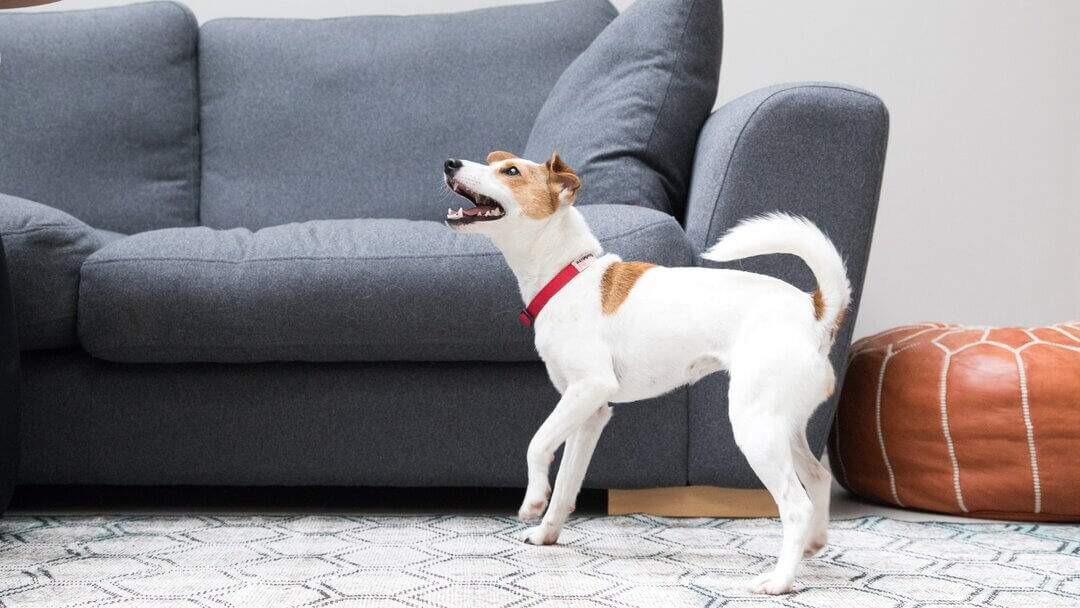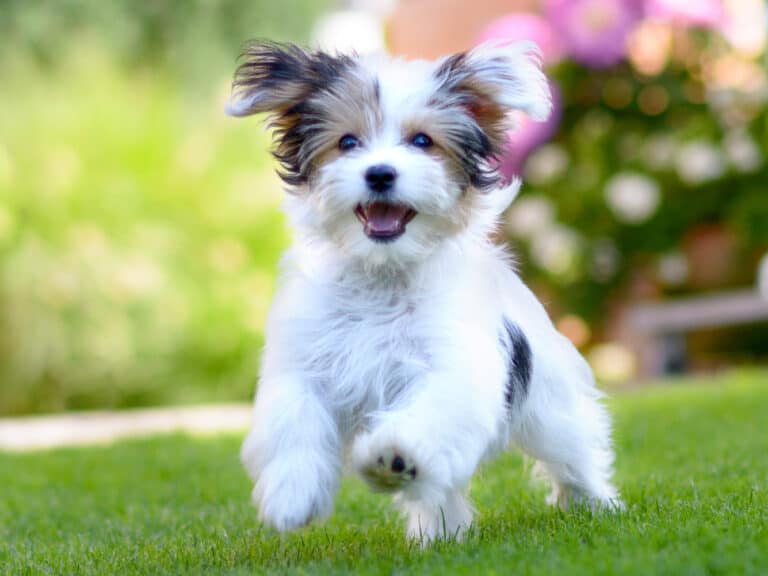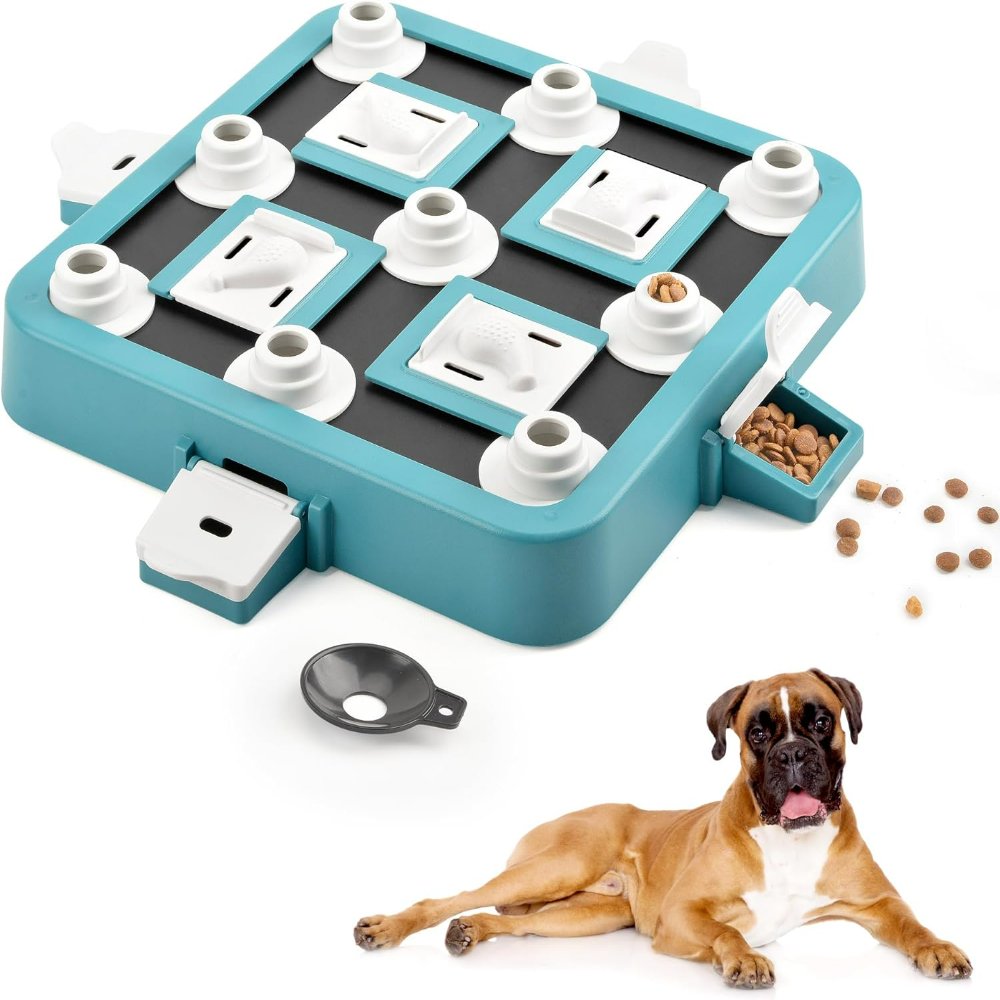Has your dog recently started shadowing your every move around the house? This clingy behavior can seem cute at first, but constant company can quickly become annoying. If your pooch has suddenly become your Velcro dog, glued to your side, there are a few possible reasons why.
Separation Anxiety
Dogs are highly social animals that can develop strong bonds with their owners. If you’ve been spending more time at home lately, your dog has gotten used to constant time together. When you move around the house, your anxious pup may follow you in an attempt to maintain close proximity. Signs your dog has separation anxiety include:
- Following you from room to room
- Distress when you leave the house
- Destructiveness while home alone
- Excessive barking or whining
To help an anxious dog feel secure when alone, gradually get them used to solo time with positive reinforcement training and interactive toys. If they still shadow you constantly, talk to your vet – medication may help in some cases.
Attention-Seeking
Some dogs follow their owners seeking extra attention or play time. If you frequently give your dog affection, treats or toys when they pester you, they’ll keep up this undesirable behavior. Ignore your attention-hungry hound when they follow you, then praise and reward them when they entertain themselves appropriately.
Teach them a “go lie down” command, and redirect their energy into a stuffed Kong or food puzzle when they pester you. With consistency, your dog will learn calm, independent behavior gets rewarded – not clinginess.
Learning Your Routine
Dogs are creatures of habit and prefer consistent daily routines. If you’ve made changes to your schedule lately, such as working from home more, your dog may be closely studying your new patterns. Following you room to room helps them learn your new routine and anticipate when to eat, play, or go outside.
As your dog adjusts to the changes in household activity, their shadowing behavior should subside. Make sure to stick to a consistent schedule with regular feeding times, exercise and potty breaks to help provide stability.
Protection Instinct
Some dogs have a strong protective instinct that drives them to keep their family closely guarded. Events that make them feel uncertain – like moving homes, loud noises or strangers visiting – can increase this behavior. If your dog follows you persistently while seeming alert or agitated, they may be trying to keep you safe.
Increase their confidence by maintaining calm leadership and avoiding reassuring them when they seem worried. Obedience training is also important to strengthen your bond and establish yourself as the secure pack leader your dog looks to for guidance.
Illness or Injury
Dogs instinctively hide signs of pain and illness. But increased clinging can sometimes indicate your dog is not feeling well. Issues like arthritis, dental problems or urinary tract infections might cause them to seek you out for comfort and protection.
If your adult dog suddenly starts following you intently, schedule a vet visit to rule out any medical issues causing discomfort or distress. Dogs can’t explain verbally when something hurts – so you’ll need to speak up for them.
When to Seek Help
Constant shadowing can drive both you and your dog crazy after a while. If your pooch sticks to you like glue no matter what you try, contact a certified dog trainer or veterinary behaviorist. They can assess your dog’s unique situation and offer customized treatment options.
With some time, patience and consistency, your velcro dog can learn to give you a bit of breathing room while still maintaining their important bond with you. Never punish clingy behavior – this will only increase a dog’s distress. If your dog is following you everywhere, they are likely just trying to communicate some need that you must learn to properly address.
Frequently Asked Questions
How do I get my dog to stop following me around?
Use obedience commands like “go lie down” or “go to your bed”, and reward calm behavior. Ignore them when they follow you. Gradually build their independence. Seek professional help if the behavior persists.
Why does my dog follow me into the bathroom?
Bathrooms are small enclosed spaces that make dogs feel more secure. They may also be attracted to running water and enjoy time with you. Shut them out if unwanted, but don’t punish them.
Is my dog’s clinginess dangerous?
Excessive clinging that leads to destructive behavior when alone, or that can’t be resolved with training, may require medication or treatment for underlying separation anxiety. Consult your vet.
What does it mean when an old dog starts following you?
Senior dogs can develop cognitive decline, anxiety, or pain that makes them seek more attention. Check with your vet to be sure changes in behavior don’t indicate underlying health issues.
Why does my puppy follow me everywhere?
As pack animals, puppies imprint on you strongly at a young age. Following teaches them your routine and eases separation stress. It’s normal but reinforce independence through training and maturity.


